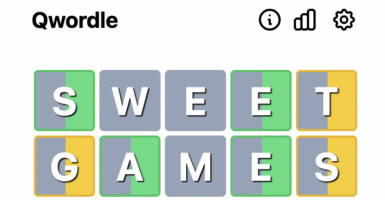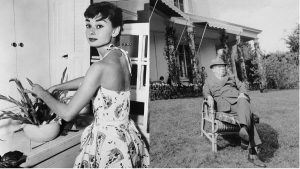Quiz: How Much Do You Know About The First World War?
World War I, also known as the Great War, was a global conflict that originated in Europe and covered the world, lasting from July 28, 1914, to November 11, 1918. Regarded as “the war to end all wars,” it involved more than 70 million combatants, with 60 million of them being European. Due to the introduction of modern weaponry, it quickly became one of the deadliest conflicts in human history, with more than 9 million soldier deaths and 7 million civilians as a direct result of the war. Think you know your stuff about this bloody period in American history? Take this quiz and find out!
What was the event that started the war?
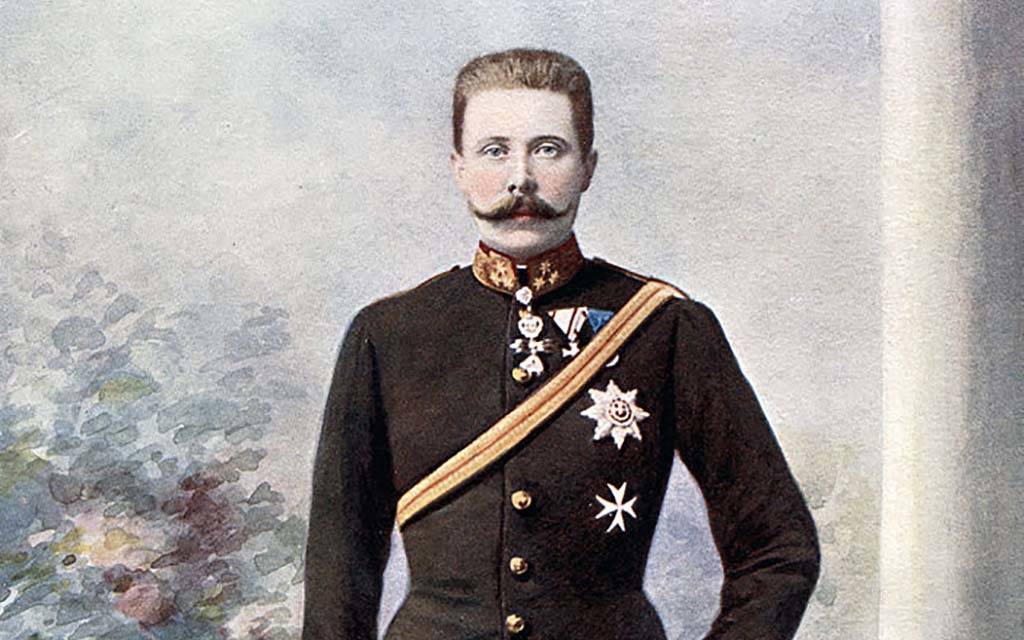
A. The assassination of Franz Ferdinand of Austria
B. The assassination of Prince Maximilian of Baden
C. Germany seceded
D. Germany bombed Britain
Answer: The assassination of Franz Ferdinand of Austria

The Archduke Franz Ferdinand of Austria was the heir presumptive to the Austro-Hungarian throne. He was assassinated on June 28, 1914, by Gavrilo Princip. This resulted in Austria-Hungary declaring war on Serbia, dragging most European countries into the conflict.
Who coined the phrase “the war to end all wars”?
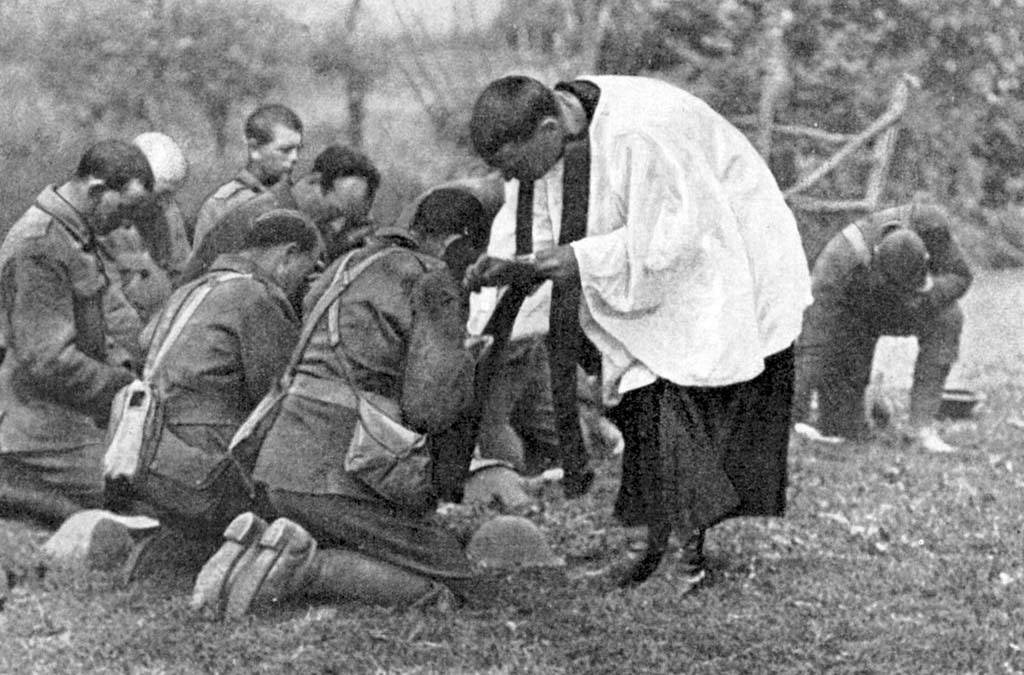
A. Winston Churchill
B. Woodrow Wilson
C. Otto von Bismarck
D. Erich Ludendorff
Answer: Woodrow Wilson
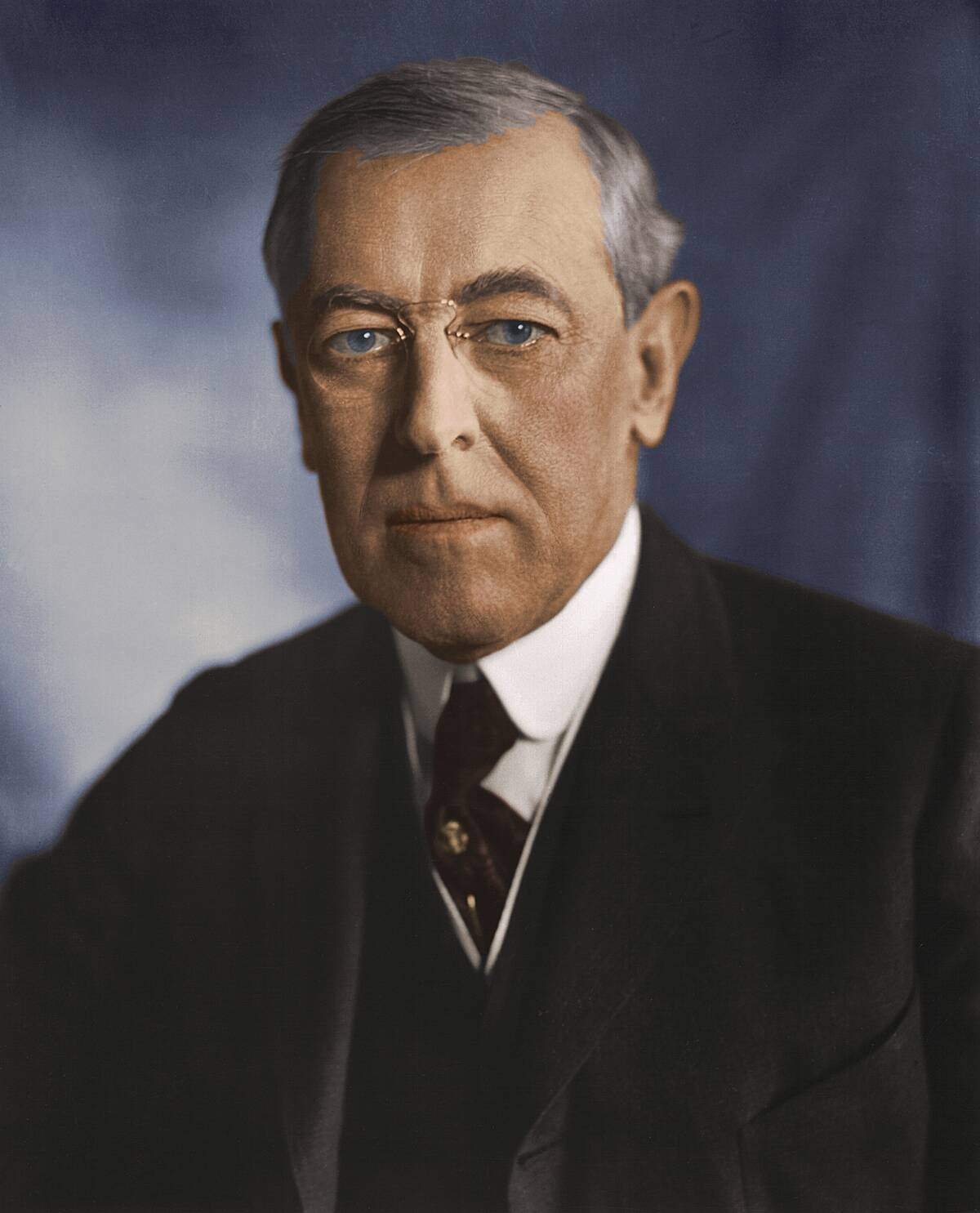
Although only said by Wilson once, “the war to end all wars” along with “make the world safe for democracy” were phrases used by Wilson to convince the United States of their involvement.
During WWI how were British tanks gender specific?
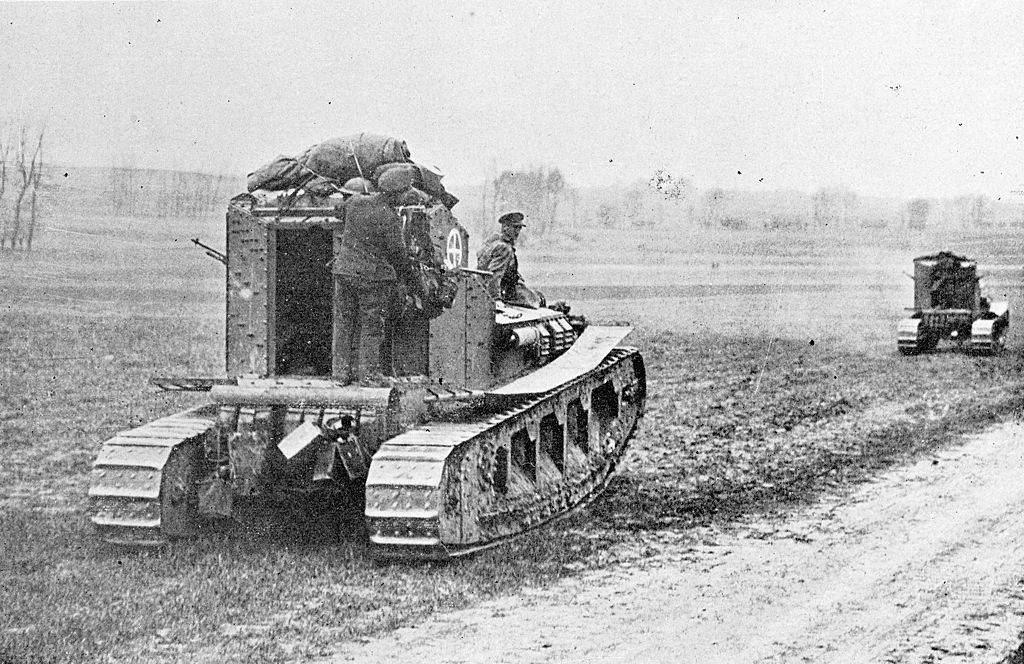
A. They had mostly female tank drivers
B. Male tanks were bigger and female tanks were smaller
C. Male tanks could go off road and females couldn’t
D. Male tanks had cannons and female tanks had machine guns
Answer: Male tanks had cannons and female tanks had machine guns

The tanks with cannons were referred to as “males” because they had more firepower than the “female” tanks that were only fit with machine guns, which were still powerful but not as devastating.
Russia is said to have had the largest army. Approximately how many soldiers were in it?

A. 12 million
B. 25 million
C. 10 million
D. 17 million
Answer: 12 million

Although Russia had arguably the largest army consisting of 12 million soldiers, it also suffered heavy losses. It’s estimated that 1.7 million soldiers were killed, and 4.9 million were wounded.
What was Big Bertha?

A. A legendary horse
B. A gun
C. A ship
D. A tank
Answer: A gun
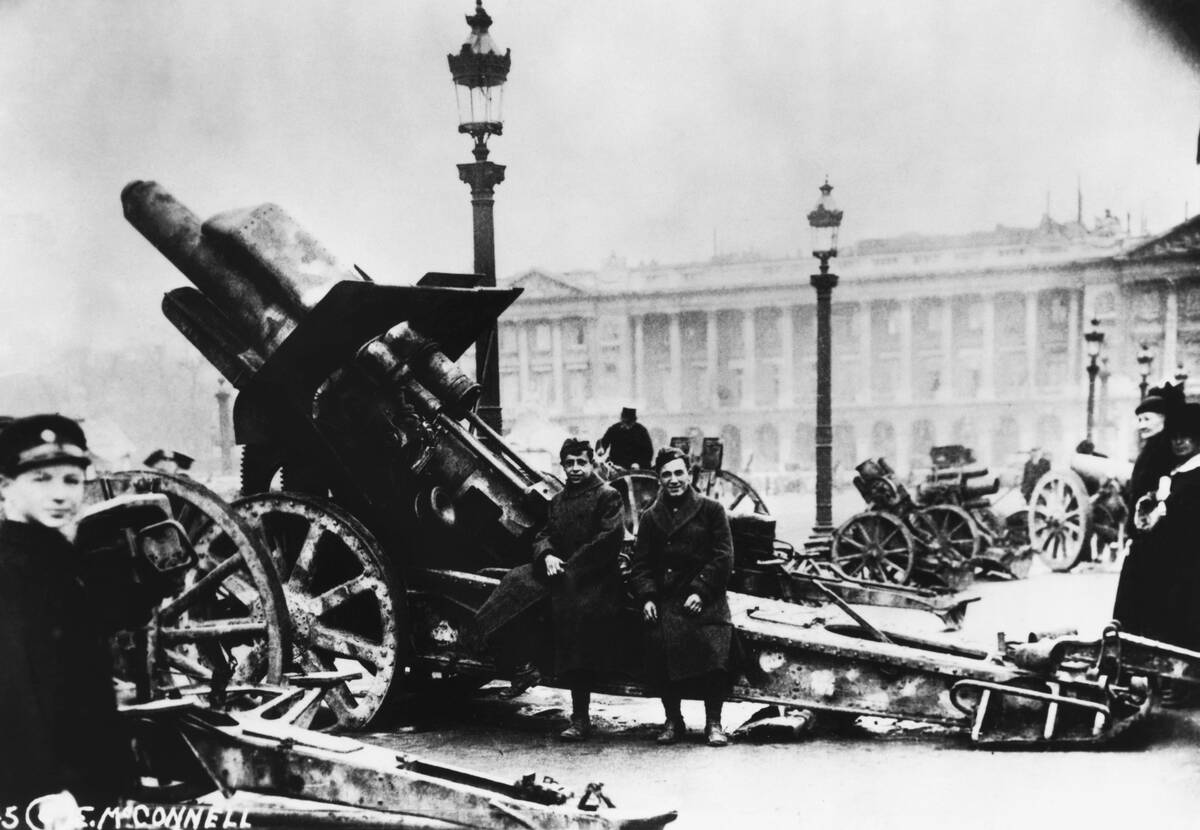
Germany’s Big Bertha was a howitzer-style gun that shot massive shells at a high elevation and for significant distances. Incredibly, this weapon could fire a 2,200-pound shell over nine miles.
How many years did the war last?
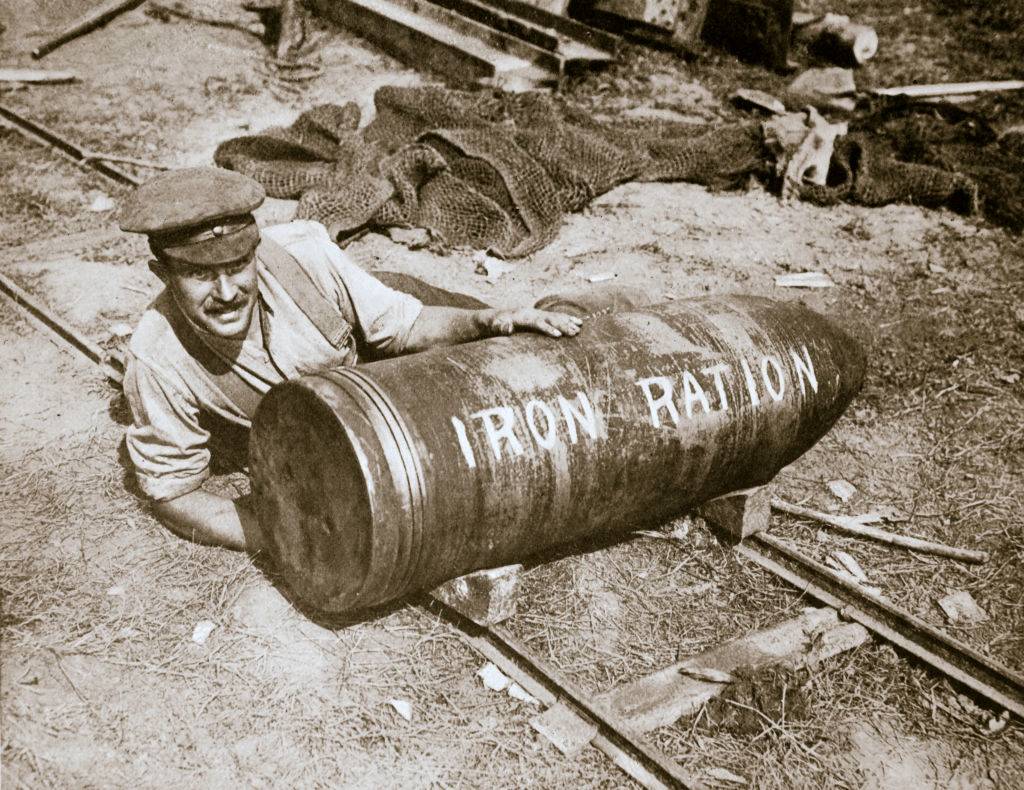
A. 4
B. 6
C. 5
D. 2
Answer: 4
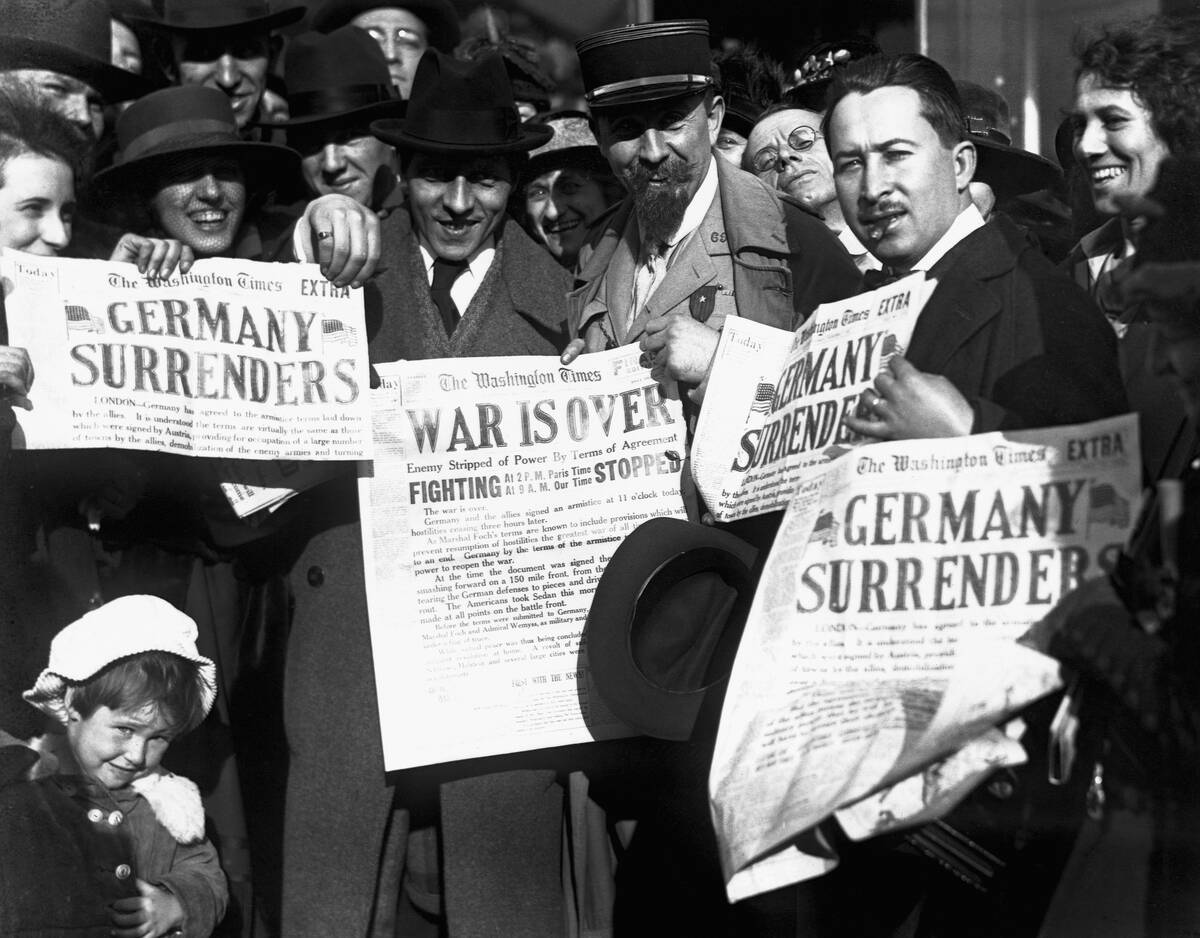
World War I began on June 28, 1914, the same day that Archduke Franz Ferdinand was killed and lasted until November 11, 1918. In total, it lasted four years, three months, and two weeks.
How many planes would a pilot have to shoot down to become an ace?

A. 5
B. 7
C. 2
D. 10
Answer: 5
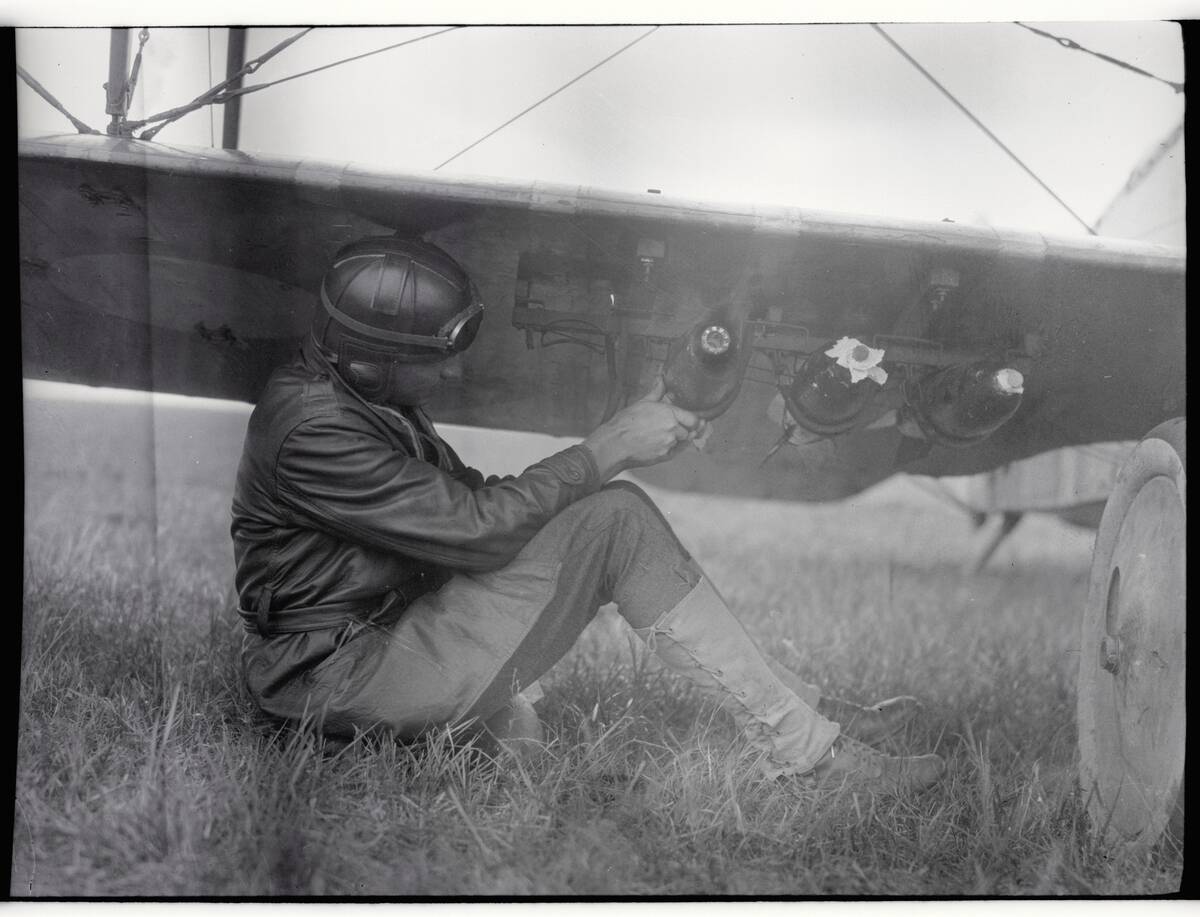
A pilot only becomes an ace after shooting down at least five enemy planes. The concept of the flying “ace” emerged in 1915, around the same time as aerial “dogfighting.”
Which Serbian terrorist group was assassin Gavrilo Princip a member of?
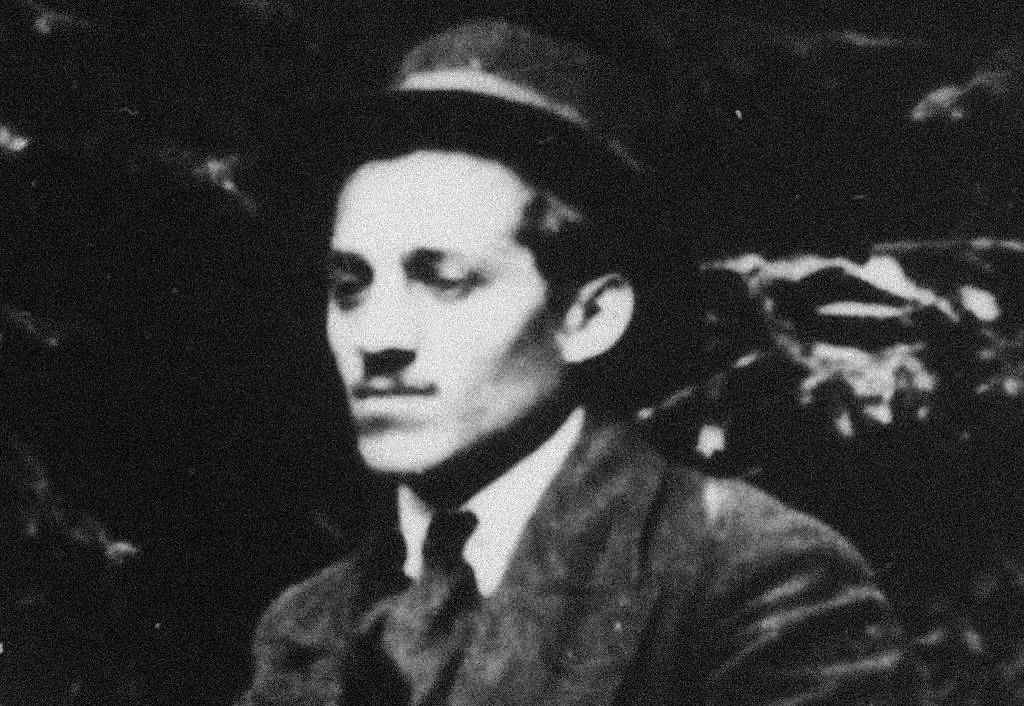
A. The Black Hand
B. The Muslim Brotherhood
C. Bloody Sunday
D. Republic Army
Answer: The Black Hand
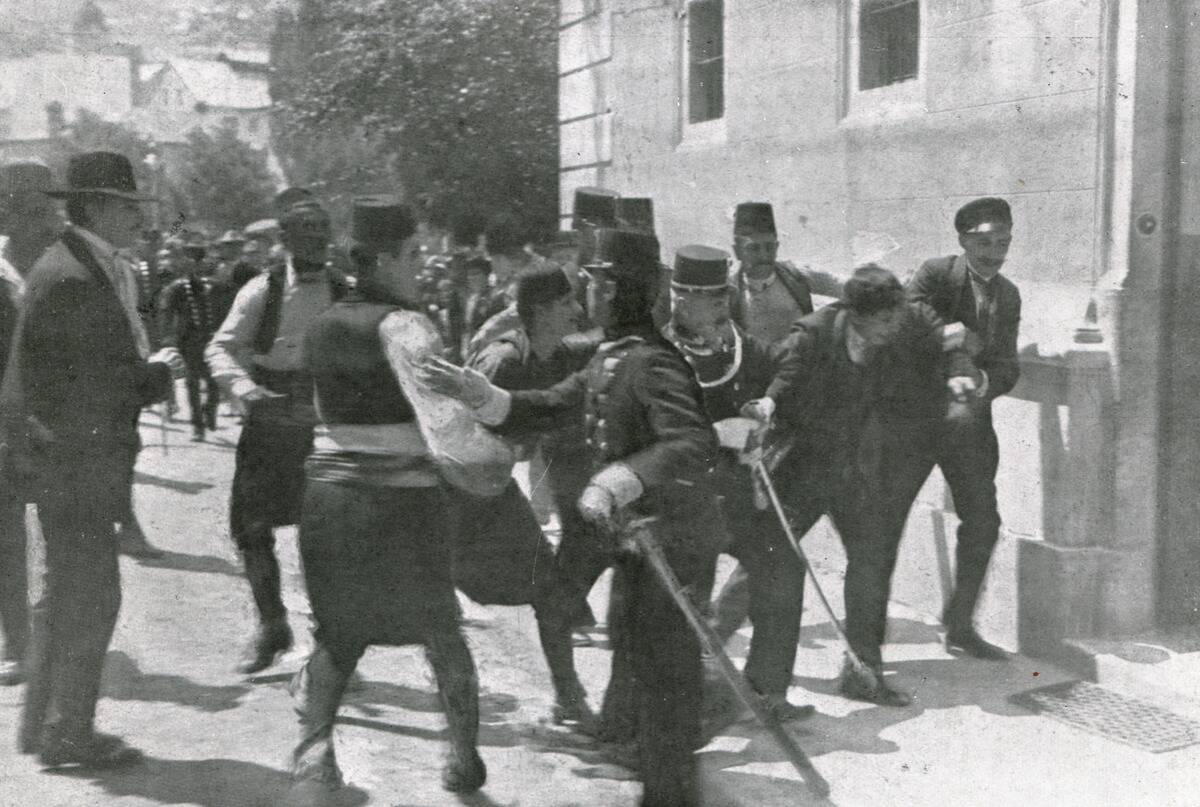
Unification or Death, commonly known as the Black Hand, was a secret society formed in 1901 by officers in the Army of the Kingdom of Serbia. It was created to unite all the territories with a South Slovac majority not ruled by Serbia or Montenegro.
What was the most devastating new chemical weapon used during the war?
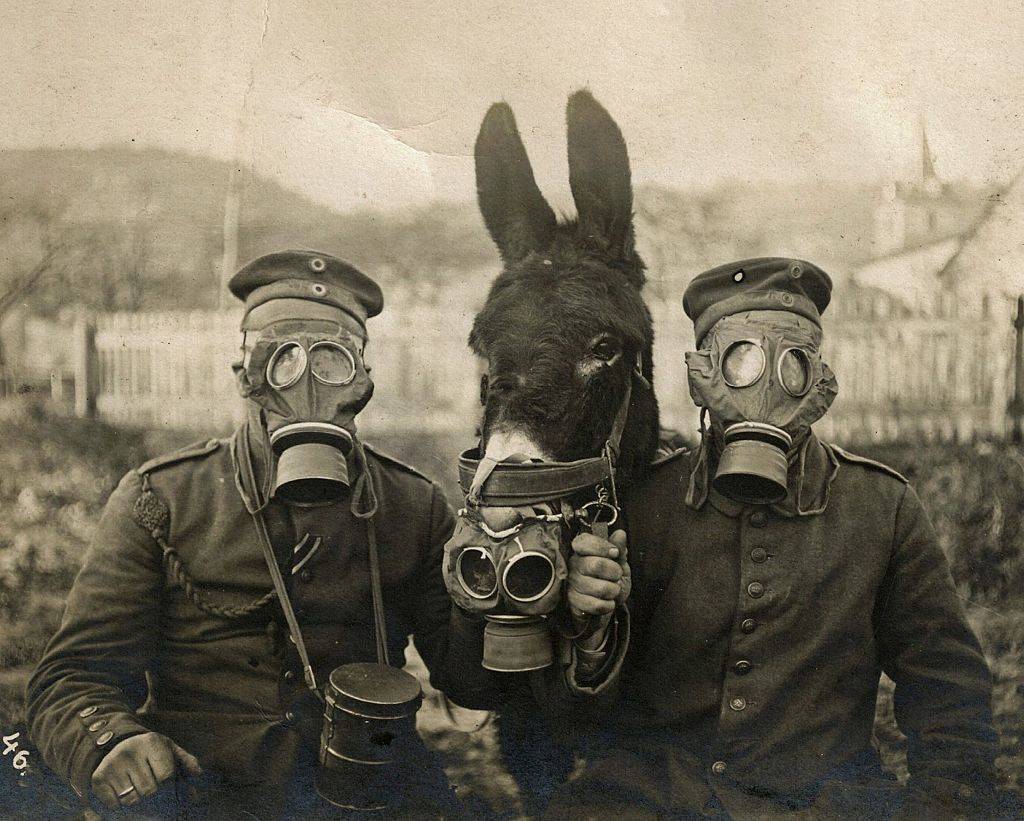
A. Mustard Gas
B. Agent Orange
C. Sarin
D. Chlorine
Answer: Mustard Gas

Scientifically known as sulfur mustard, when used in an impure form, such as warfare, it is a yellow-brown and has an odor resembling mustard plants, garlic, or horseradish. It could be deployed through a variety of means.
During and after the war post-traumatic stress disorder was referred to as what?
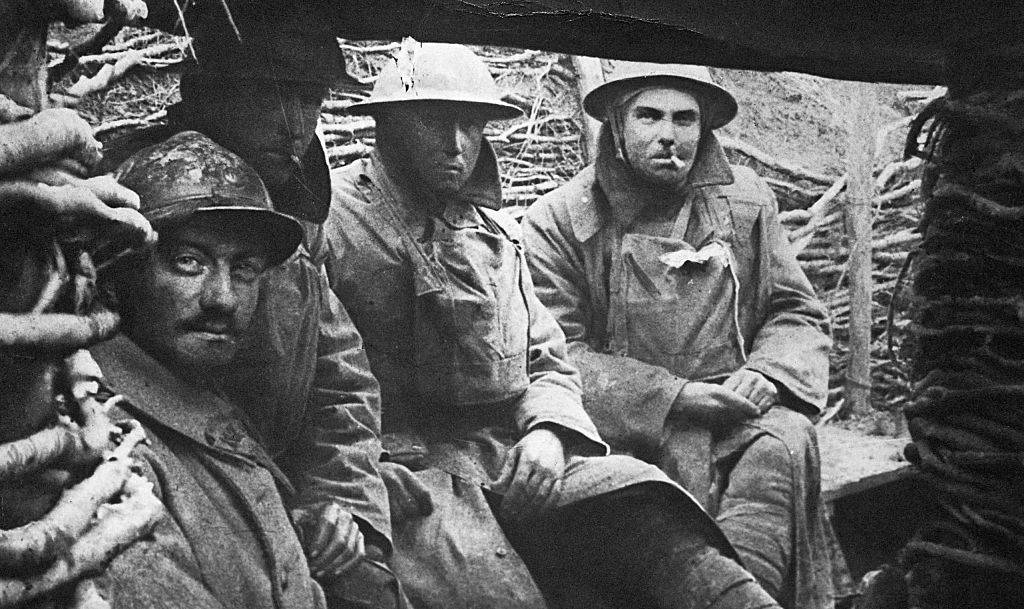
A. Shell shock
B. Fighting fatigue
C. Bomb head
D. Bullet brain
Answer: Shell shock

Shell shock is a phrase coined by Charles Myers in 1915 to describe soldiers who suffered from involuntary shivering, panic attacks, crying, and more. Today, this is medically known as post-traumatic stress disorder.
Trench foot is which condition?
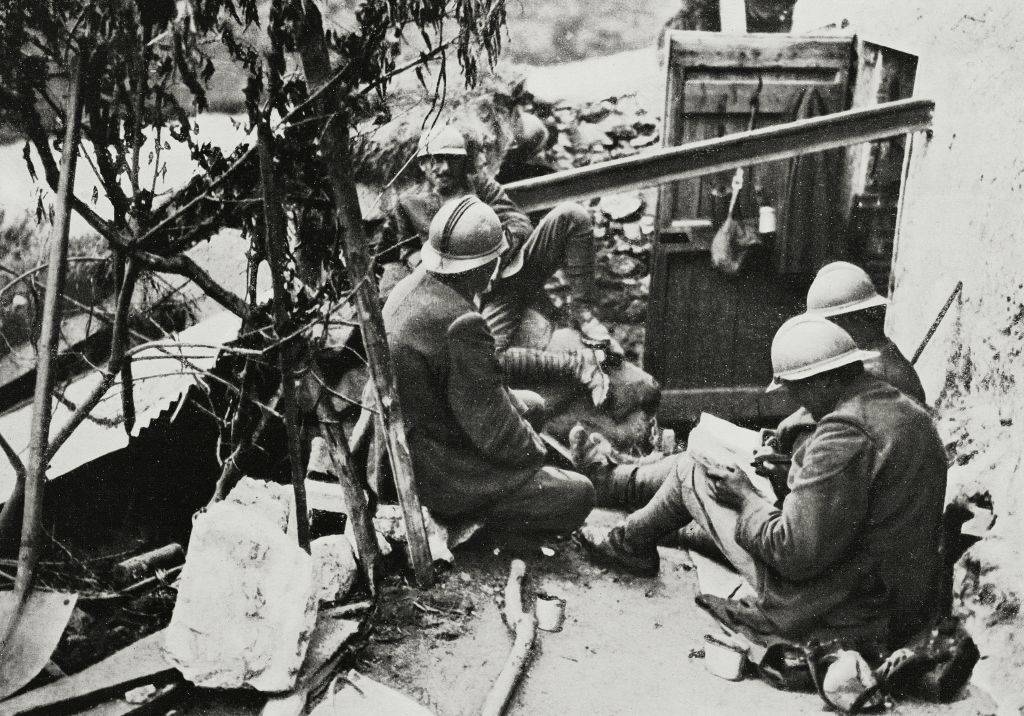
A. A foot infection
B. Broken toes
C. Shrapnel in the foot
D. Stepping on a nail
Answer: A foot infection

Trench foot is an infection that commonly affects the tissue on and around the foot. It is caused by prolonged exposure to mud or water and is usually accompanied by blisters, discoloring, pain, and swelling.
Which Russian general took his own life after suffering defeat at the Battle of Tannenburg?
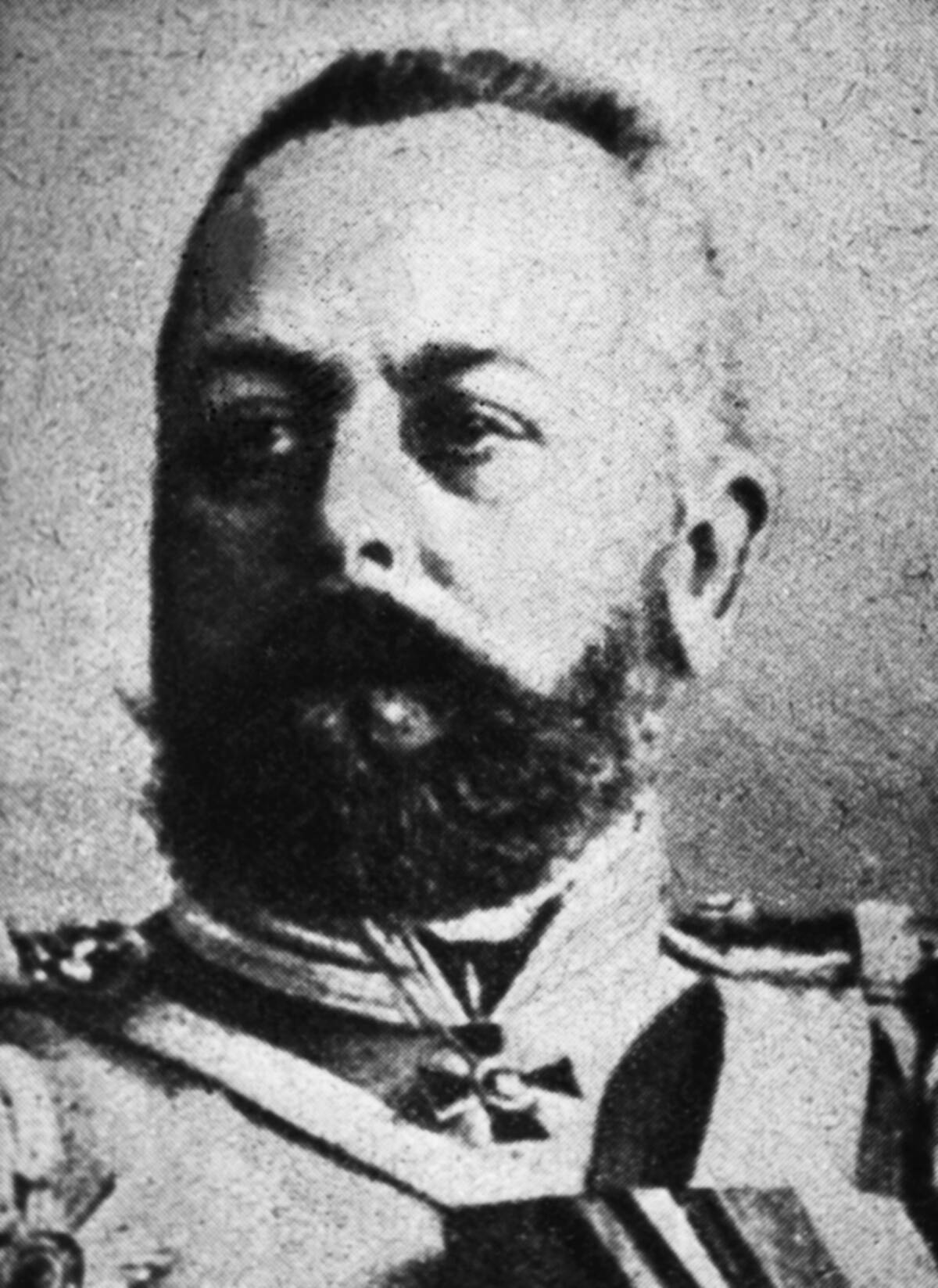
A. Alexander Samsonov
B. Paul von Rennenkampf
C. Aleksei Brusilov
D. Lavr Kornilov
Answer: Alexander Samsonov
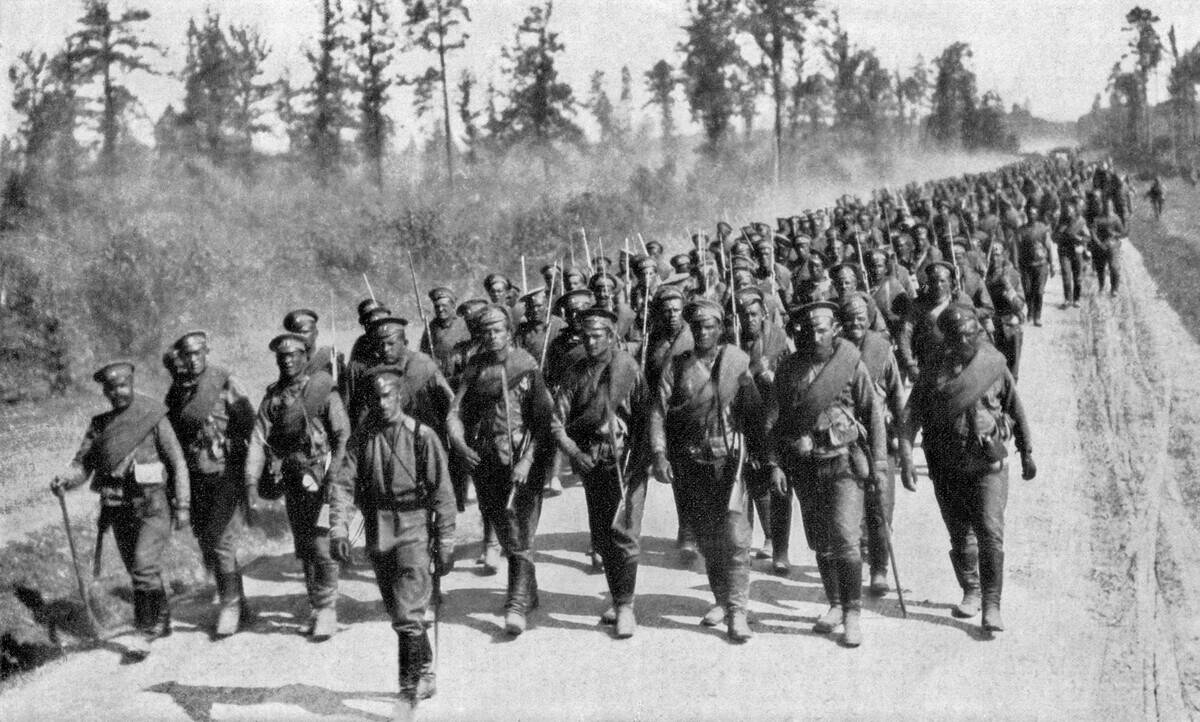
In August 1914, Alexander Samsonov lead Russian forces against the Germans. Eventually, the Germans intercepted wireless messages and surrounded the Russians in the Battle of Tannenburg. Humiliated by his defeat, Samsonov took his own life.
What does the acronym Anzac stand for?

A. Australia and New Zealand Army Corps
B. Australia and New Zealand Army Control
C. Australia and New Zealand Army Command
D. Australia and New Zealand Army Carriers
Answer: Australia and New Zealand Army Corps
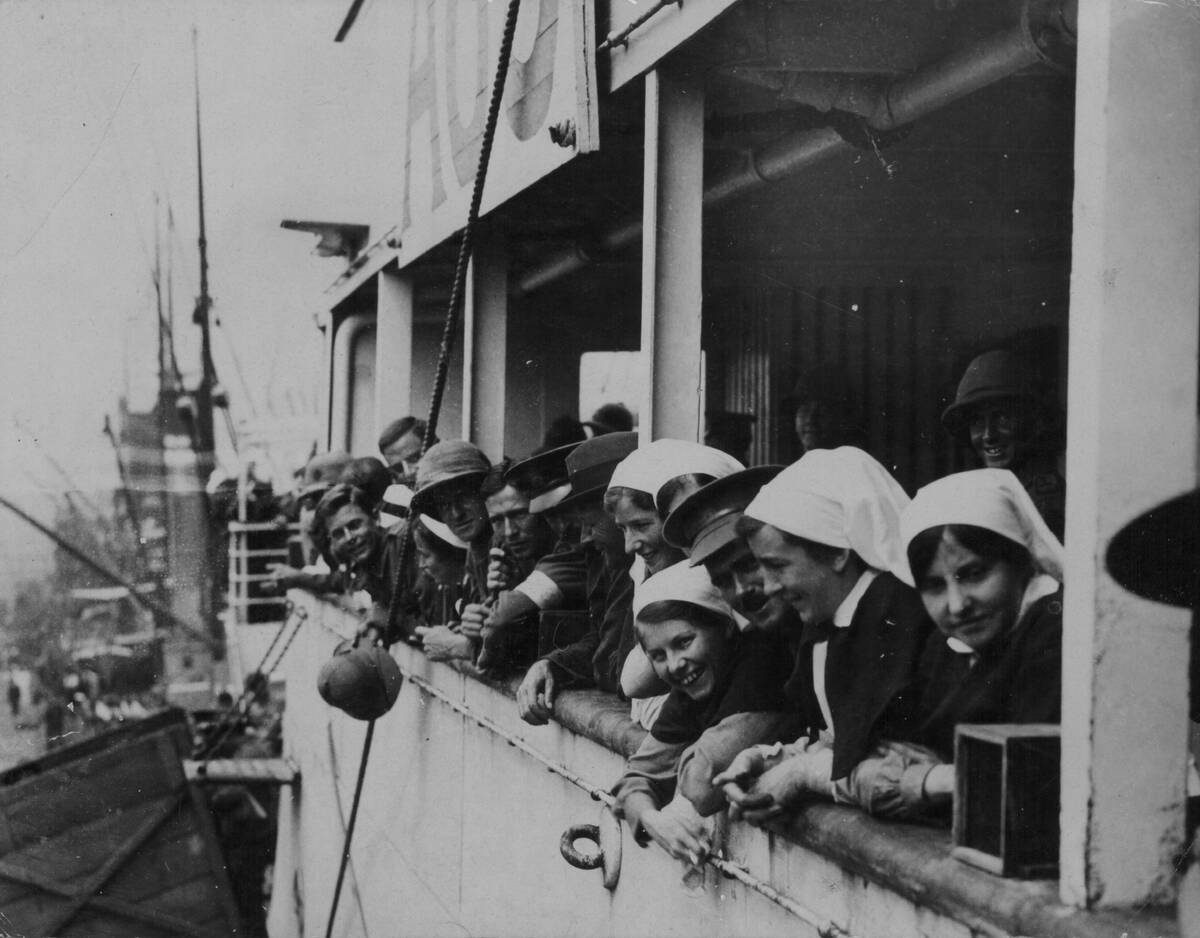
The ANZACs were formed in Egypt in 1915 in order to combine their two forces. In the two years the corps existed, they made a name for themselves and were known as hard soldiers.
Which general led the American Expeditionary Force on the Western Front?
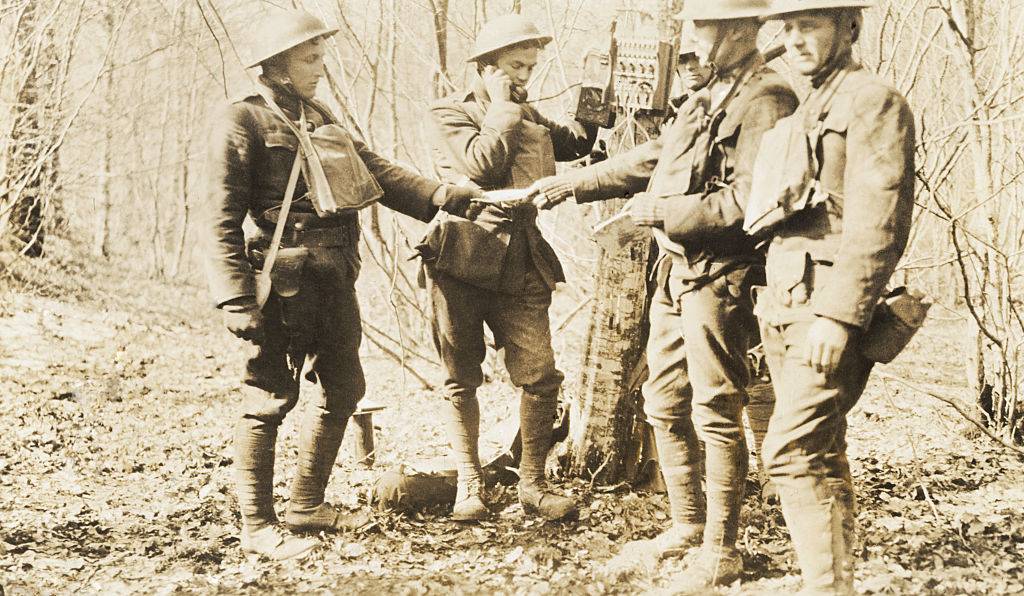
A. John Jay Pershing
B. Frederick Vaughan Abbott.
C. Samuel Tilden Ansell
D. George S. Patton
Answer: John Jay Pershing
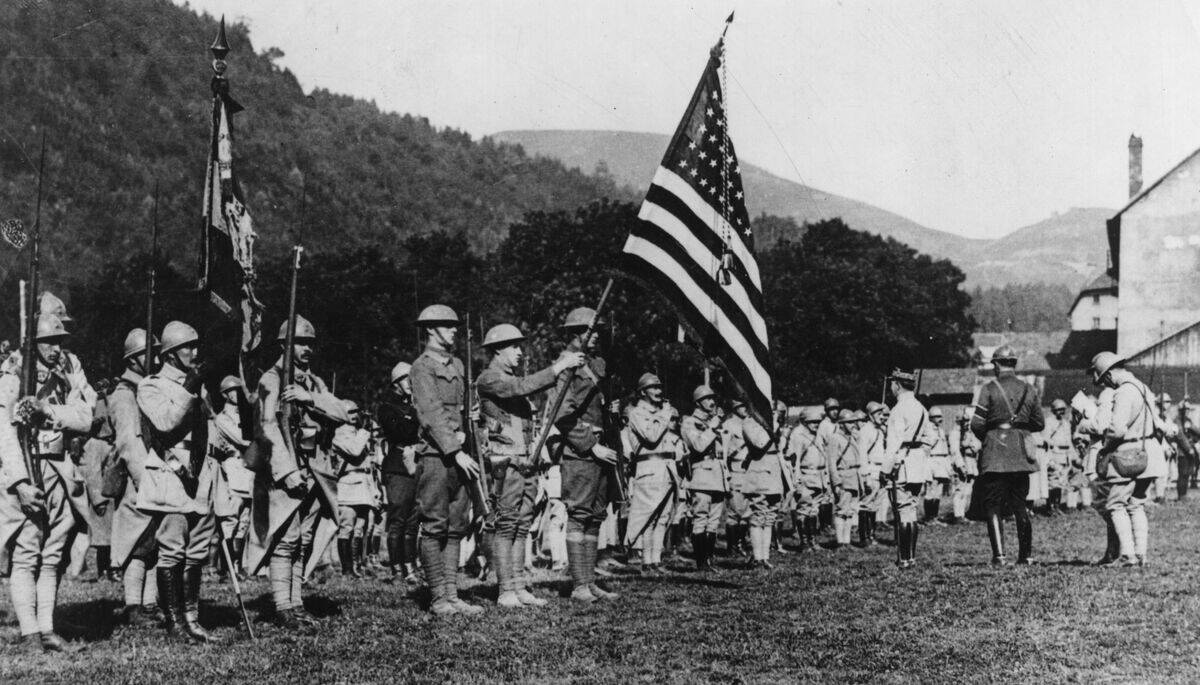
Pershing proved to be a difficult general for British and French commanders, as he was determined to uphold Woodrow Wilson’s desire to keep the American forces together and fight as a national army.
Which piece of communication brought the United States into the war?
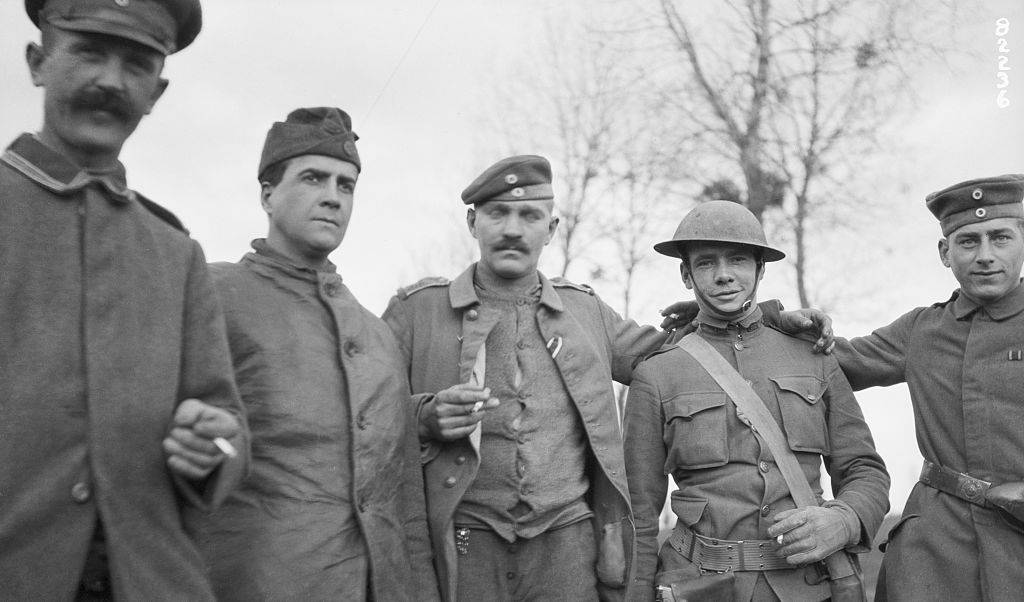
A. The Zimmermann Telegram
B. The Treaty of Trianon
C. The Zinoviev Letter
D. The Treaty of Saint-Germain
Answer: The Zimmermann Telegram

The Zimmerman Telegram was a piece of information sent by the Germans to Mexico to encourage them to attack the United States. The telegram was intercepted by the British, who handed it over the United States.
Which was a nickname for the Battle of Verdun?
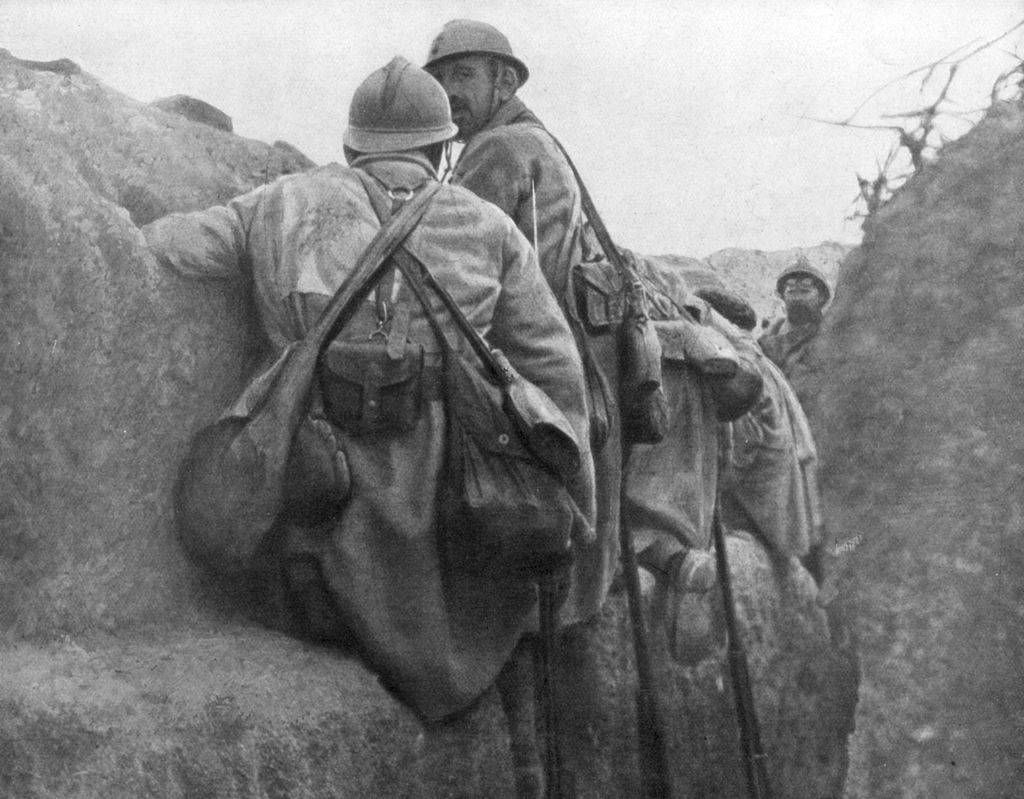
A. The Mill on the Meuse
B. The Slaughterhouse
C. The Endless Graveyard
D. Murder Ridge
Answer: The Mill on the Meuse

The Battle of Verdun began on February 21 and lasted until December 10, 1916, on the Western Front in France. It was the longest in the war with Crown Prince William referring to it as “the mill on the Meuse which ground to powder the hearts as well as the bodies of our soldiers”.
Which was the last German commander to surrender?
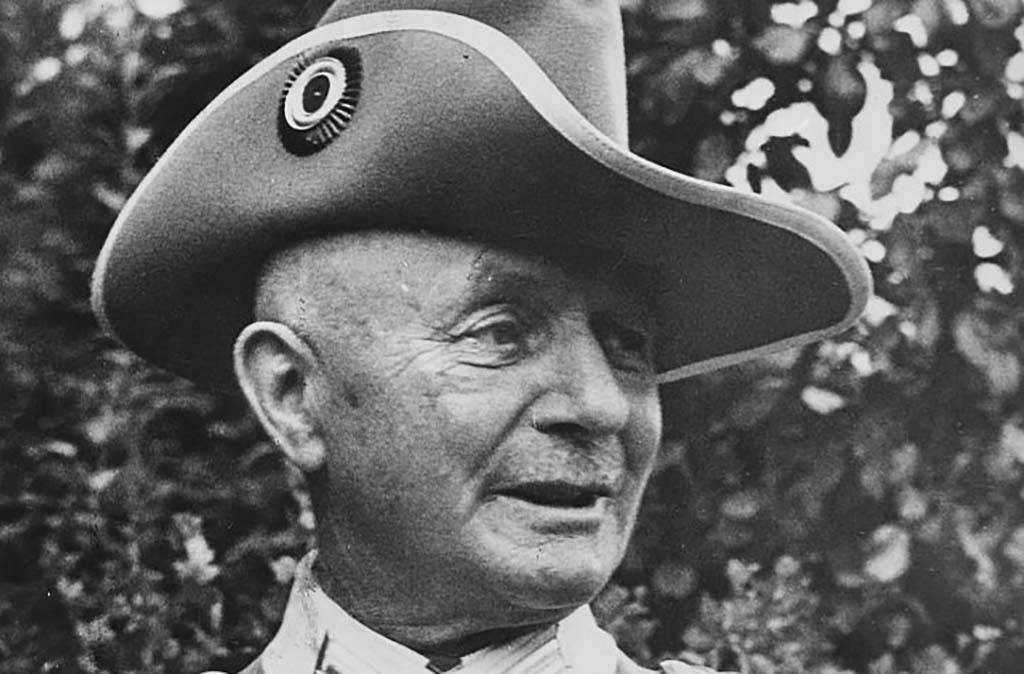
A. General Paul von Lettow-Vorbeck
B. General Oskar von Hutier
C. General Max von Gallwitz
D. General Reinhard Scheer
Answer: General Paul von Lettow-Vorbeck
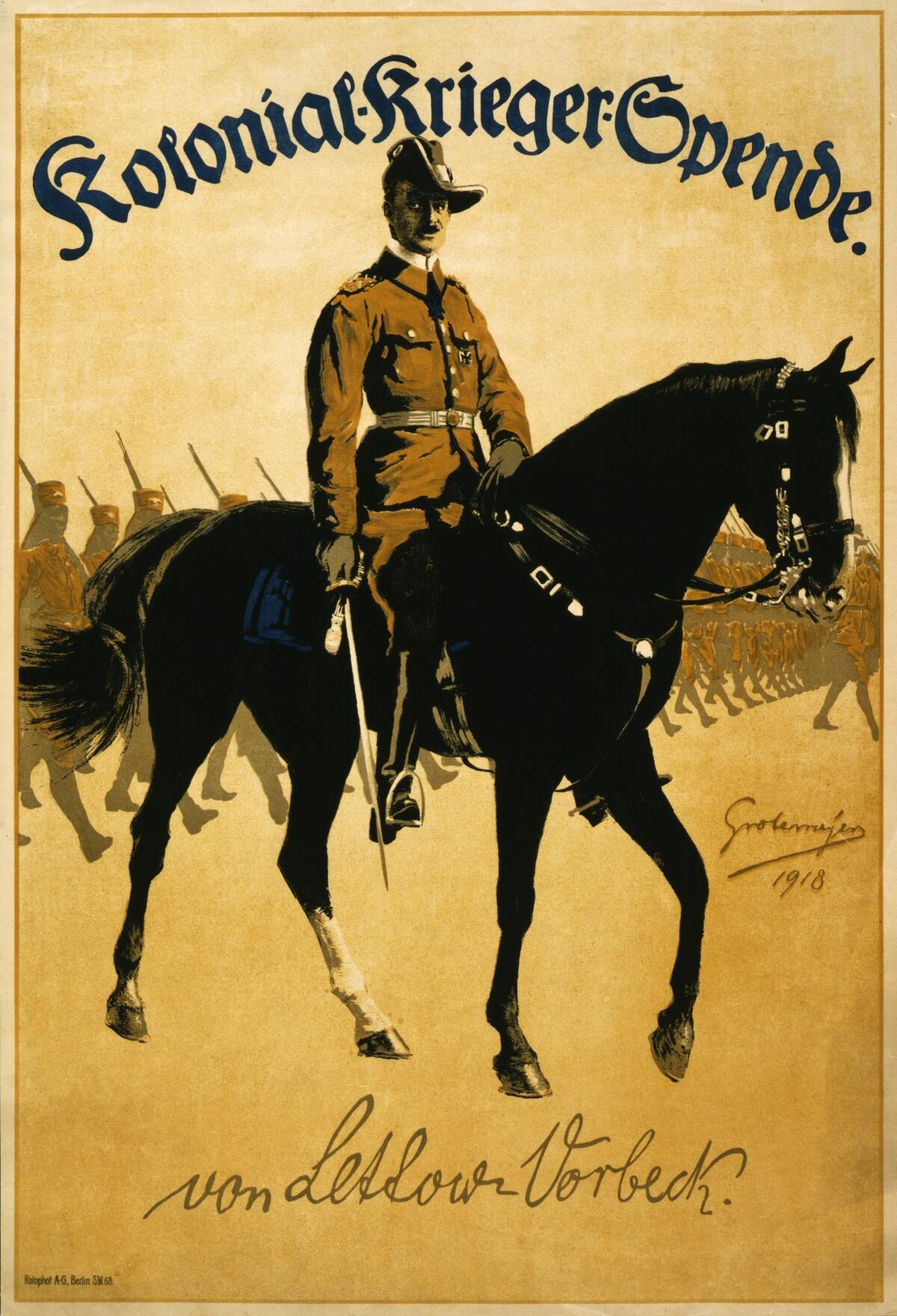
During the war, General Paul von Lettow-Vorbeck led a guerrilla campaign against the British army in East Africa. He was successful in his duties, never losing a battle, and was finally informed of the German surrender on November 14, 1918.
What treaty ended the war?
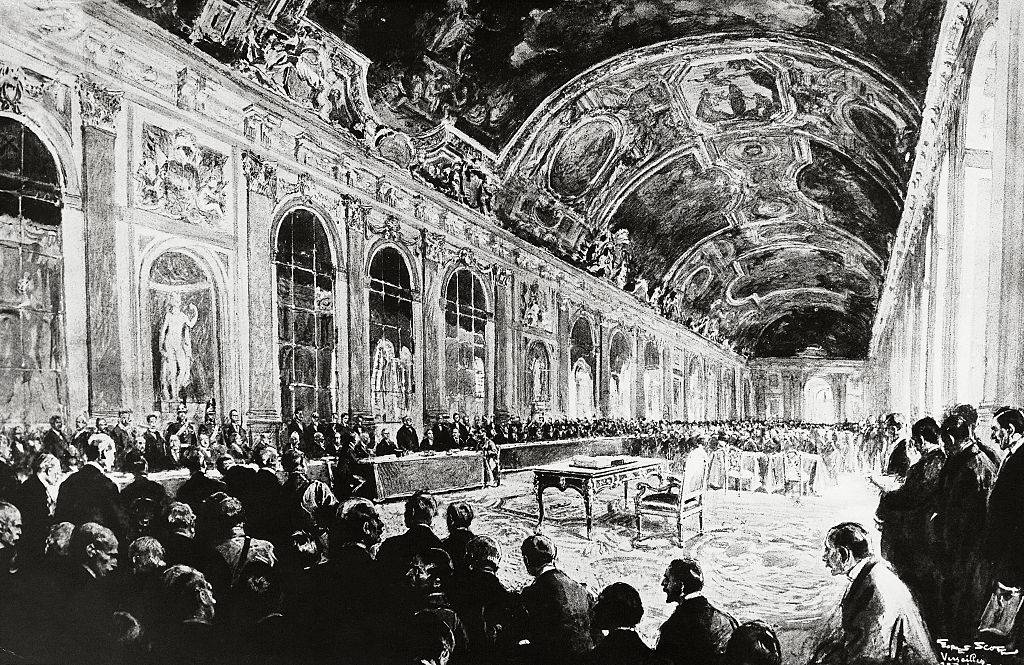
A. The Treaty of Versailles
B. Treaty of Tordesillas
C. The Treaty of Paris
D. The Congress of Vienna
Answer: The Treaty of Versailles
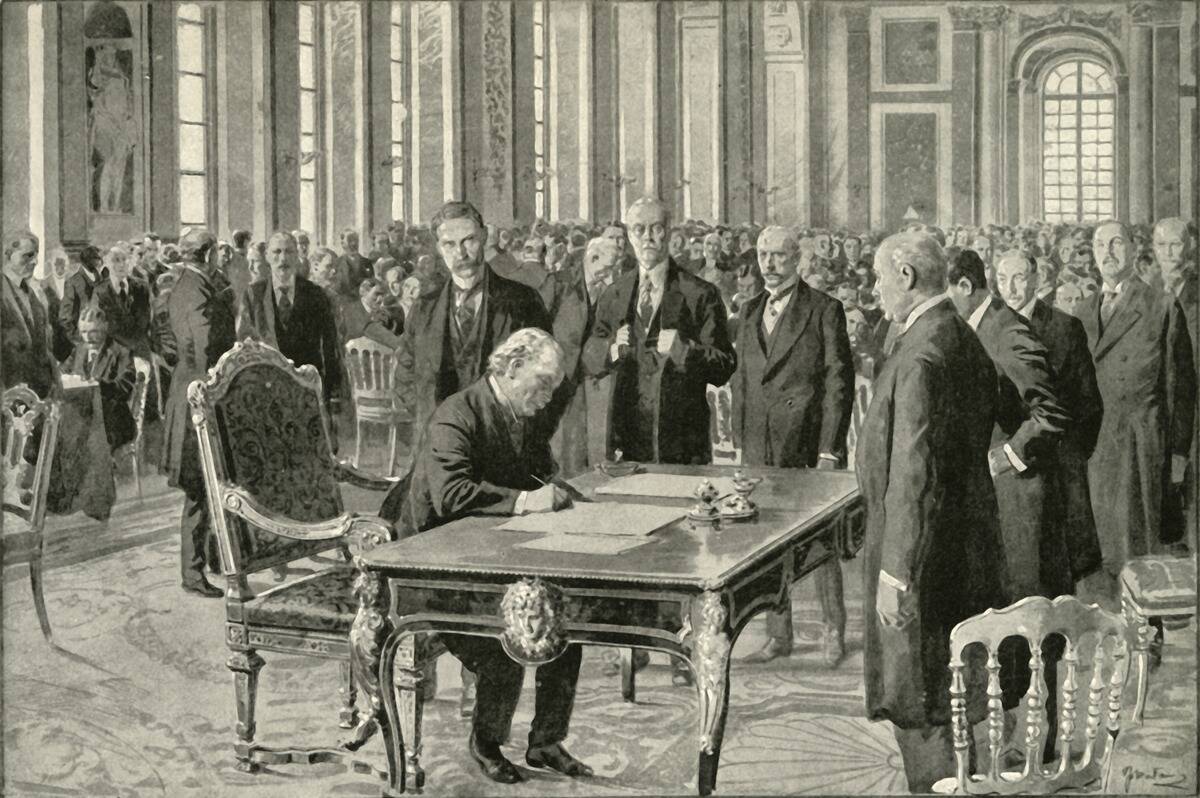
The Treaty of Versailles is regarded as one of the most important peace treaties in the world that put an end to World War I. It was signed between Germany and the Allied Powers on June 28, 1919.
Approximately how many British soldiers were killed on the first day of the Battle of the Somme?

A. 20,000
B. 40,000
C. 15,000
D. 10,000
Answer: 20,000

The Battle of the Somme was a battle between the British Empire and the French Third Republic against the German Empire. It was the largest battle of the war’s Western Front and was fought between July 1 and November 18, 1916.
Who was the prime minister who begrudgingly involved Britain in the war?

A. Winston Churchill
B. David Lloyd George
C. Herbert Henry Asquith
D. Andrew Bonar Law
Answer: Herbert Henry Asquith

Herbert Henry Asquith served as Prime Minister of the United Kingdom from 1908 to 1916 and was the last prime minister to lead a majority Liberal government. In 1914, he took Britain to war against Germany.

